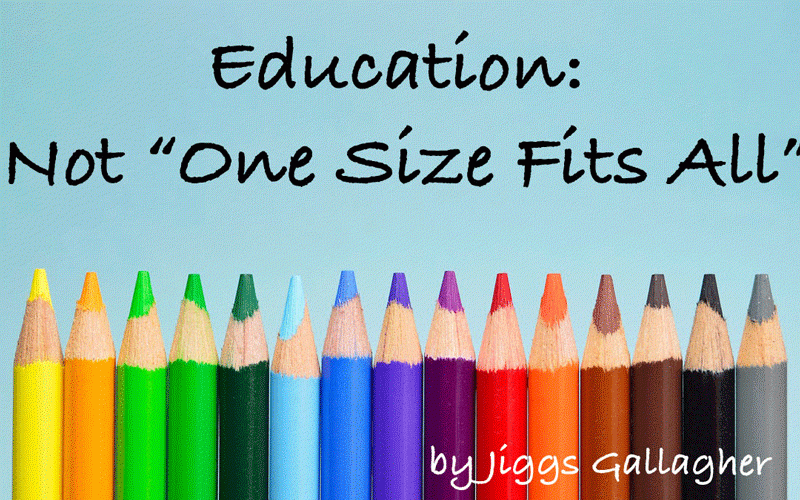
When Wales played the All Blacks at rugby in 2016 and were losing 0-33, they adopted a very unusual tactic at a lineout right by the All Blacks’ try line – they brought every player into the lineout.
No-one said that they could not put all their players into the lineout.
They were able to be innovative. Of course, rugby is one sport where it is recognised that people of all sorts of shapes and sizes can be involved. There is no one-size-suits-all in sport.
In a similar manner, the one-size-fits-all approach does not work in education. We are reminded that there is one ministry, one Education Act, one curriculum, one examination board.
Everyone is to be governed by the same regulations, but the reality is that one size does not fit all. It was Albert Einstein who famously said that “Everybody is a genius. But if you judge a fish by its ability to climb a tree, it will live its whole life believing that it is stupid.”
Robert Reich, an American professor, author, lawyer, and political commentator, echoed this when he stated that “We are creating a one size fits all system that needlessly brands many young people as failures, when they might thrive if offered a different education whose progress was measured differently.” One size does not fit all.
Other eminent people have been stronger in their reproach towards the OSFA approach. James Dyson, the British entrepreneur put it bluntly when he argued “The one size fits all approach of standardized testing is convenient, but lazy.”
David Mamet, an American playwright, went even further in saying that “One person may need (or want) more leisure, another more work; one more adventure, another more security, and so on. It is this diversity that makes a country, indeed a state, a city, a church, or a family, healthy. 'One-size-fits-all,' and that size determined by the State, has a name, and that name is 'slavery.' Consider for a moment why.
- The fiddler: A mere puff
- Building Narratives: Even Albert Einstein wrote
- Imagine . . . .
- The fiddler: A mere puff
Keep Reading
Firstly, such an approach does not apply in the rest of life. Children will turn out to be different heights ad weights.
Not everyone wears the same size, style or colour of clothes. Not every house is built the same.
Different hairstyles suit different people. The same should be reflected in education.
Secondly, such an approach actually does not apply within other parts of the Education Act.
Schools offer different subjects for different pupils, recognising their differences. Some pupils study many subjects, others limit the number of subjects.
Some will offer many options; others will offer none. On the co-curricular side, not all schools offer sports.
Those that do, offer different sports.
Thirdly, this approach does not actually fit with the stated Principles of the New Curriculum, one of which heralds Diversity as being important.
Diversity then needs to be allowed and developed in the different schools.
Similarly, two of the Attitudes desired in the Learner Exit Profile are Self-Initiative and Enterprise; pupils are to be developed in such a manner so schools must be allowed to do so.
Fourthly, we can see how such an approach does not actually work.
What is suitable for day or urban schools is not always suitable for boarding or rural schools.
In the New Curriculum, it was proudly proclaimed that swimming was to be included at Primary level, yet over 90% of schools in this country do not have a swimming pool.
The same has been seen in the recent introduction of the CALAs – pupils in poor areas cannot be expected to produce thirty projects. Easy for some, impossible for others.
It follows too that when the Act identifies schools as government and non-government it recognises there is diversity. Even within non-government schools there needs to be the recognition of the many different varieties of schools. We also differentiate between formal and non-formal schooling yet we do not allow differentiation in other areas. We must allow schools to diversify.
There is a common perception that a Honda can fit all sizes and numbers of passengers; common sense, however, shows that a Honda Fit does not fit all.
Similarly, it should not be too difficult to deduce that one education does not fit all children or all schools.
One size simply cannot fit all. Rugby teams are always looking for alternative, diverse options; let us not be lazy but excited rather to do the same in education.
After all, slavery was abolished years ago.
- Tim Middleton is the executive director of the Association of Trust Schools [ATS]. The views expressed in this article, however, are solely those of the author in his private capacity and do not necessarily represent the views of the ATS. email: ceo@atschisz.co.zw website: www.atschisz










